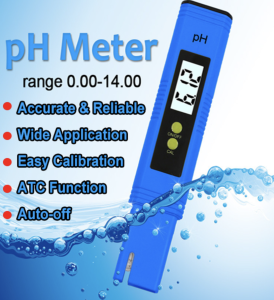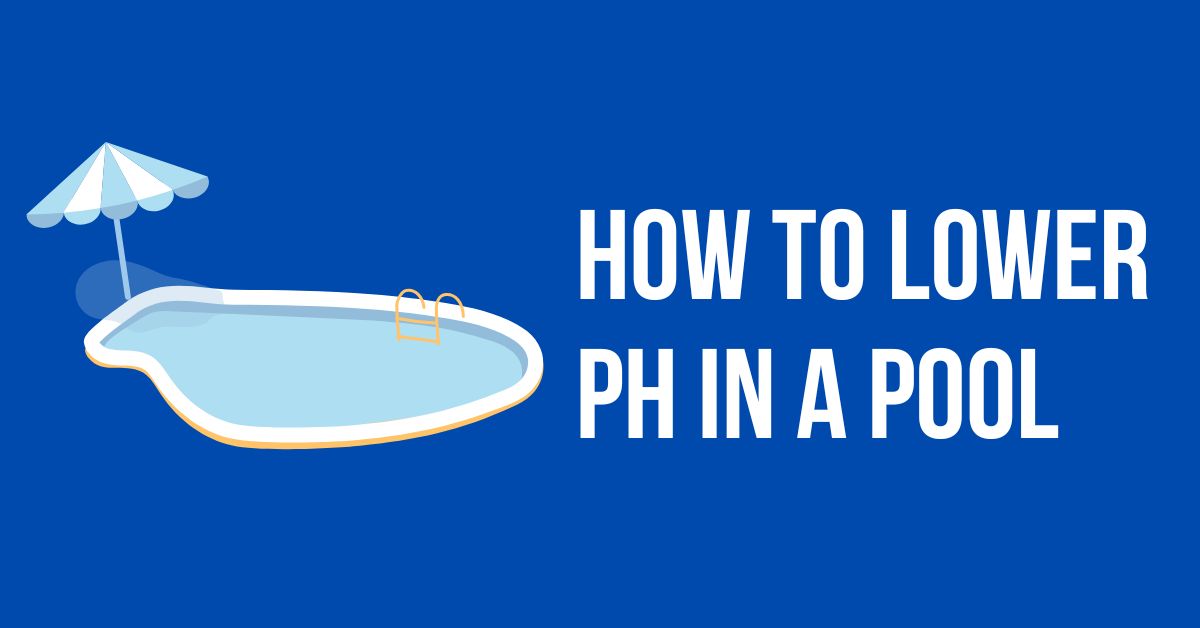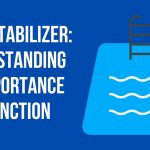Introduction
When it comes to maintaining your pool, one critical factor to consider is the pH level. The pH level indicates the acidity or alkalinity of the water and can greatly impact the water quality, comfort of swimmers, and the effectiveness of pool chemicals. In this guide, we’ll walk you through the steps to effectively lower the pH in your pool to ensure a safe and enjoyable swimming experience.
Understanding pH Levels
What is pH and Why Does It Matter?
pH is a measurement scale used to determine the level of acidity or alkalinity in a substance. In the context of pool water, it affects the efficiency of chlorine and other sanitizing agents. Maintaining the right pH level ensures that these chemicals work effectively to keep your pool water clean and clear.
The Ideal pH Range for Pools
The optimal pH range for pool water is between 7.4 and 7.6. This range is slightly above neutral (pH 7) and ensures both bather comfort and chemical efficiency. When the pH deviates from this range, issues such as skin and eye irritation, cloudy water, and reduced effectiveness of chlorine may arise.
Signs of High pH
Identifying High pH Levels
High pH levels (above 7.8) can lead to problems such as cloudy water, scaling on pool surfaces, and reduced chlorine effectiveness. Testing kits are available to help you determine your pool’s pH.
The Impact on Sanitizers
High pH can weaken the effectiveness of chlorine, requiring you to use more chlorine to achieve the same results. This not only wastes chemicals but also increases your pool maintenance costs.
Lowering pH Levels
Testing Your Pool’s pH
Before making any adjustments, test your pool water’s pH using a reliable testing kit. This will give you an accurate starting point.

Using Muriatic Acid
Muriatic acid is a common solution for lowering pH. Carefully follow the manufacturer’s instructions and add the acid to the pool in small increments to avoid overshooting the target pH.
Adding Acid via Skimmer
For even distribution, you can dilute the acid and add it to your pool’s skimmer while the pump is running. This method allows the acid to disperse evenly.
Monitoring and Retesting
After adding acid, allow the water to circulate for a few hours and then retest the pH. If needed, repeat the process until you achieve the desired pH level.
Safety Precautions
Handling Acid Safely
When working with muriatic acid, always wear protective gear, including gloves and goggles. Work in a well-ventilated area and avoid inhaling fumes.
Precautions for Pool Use
After adding acid, wait until the pH reaches the desired level before allowing swimmers back into the pool. This ensures their safety and prevents potential discomfort.
Maintenance and Prevention
Regular pH Monitoring
To avoid drastic pH fluctuations, test your pool water’s pH regularly – at least once a week – and make small adjustments as needed.
Balanced Water Chemistry
Maintaining balanced water chemistry, including proper alkalinity and calcium hardness, can help stabilize the pH level and prevent frequent adjustments.
Conclusion
Maintaining the right pH level in your pool is crucial for both water quality and swimmer comfort. By understanding the importance of pH, recognizing signs of imbalance, and following proper procedures to lower pH levels, you can ensure a clean, safe, and enjoyable swimming environment for everyone.
FAQs
1. Can I use household vinegar to lower pH in my pool?
Household vinegar can be used to lower pH, but it’s less concentrated than muriatic acid, so you may need to use larger quantities.
2. How often should I test my pool’s pH?
You should test your pool’s pH at least once a week, or more frequently if you notice any issues with water quality.
3. What can cause pH levels to increase?
pH levels can increase due to factors like high alkalinity, the addition of certain chemicals, or environmental factors.
4. Is it safe to swim right after adding muriatic acid?
No, it’s recommended to wait until the pH is balanced and within the desired range before allowing swimmers back into the pool.
5. Can low pH levels be problematic?
Yes, low pH levels can lead to corrosive water that can damage pool equipment and irritate swimmers’ skin and eyes.
6. How can I raise pH level of my pool? Read this post to find out how you can raise the pH level of your pool.




